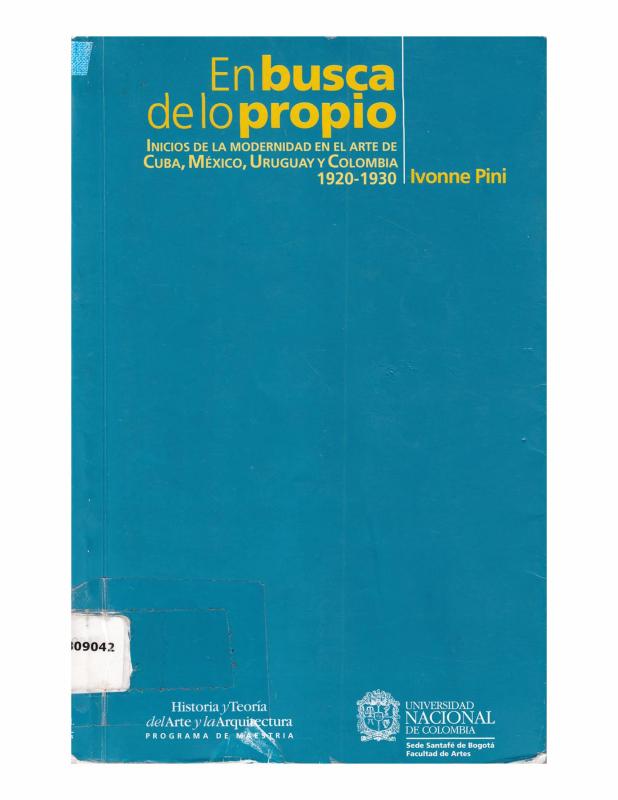With arguments refuting the positions of art critics Roberto Pizano (1896–1929) and Rafael Tavera (1878–1957), Colombian art critic Gustavo Santos (1892–1967) puts a close to the controversy surrounding of the 1922 Exposición de Arte francés. Aware of the positions of the other critics, Santos argues that the primary merit of this event was the fact that it gave rise to debate on current trends in art, and therefore provided the basis for understanding and assessing foreign art. Though the polemic revolved around Cubism, art historian Álvaro Medina (b. 1942) asserts that the only Cubist artist included in the exhibition was French painter Albert Gleizes (1881–1953). Santos’s conclusion is the moral of the show: it is necessary to overcome the bafflement that these works incite.
Santos places emphasis on a Colombian art scene dominated by what he calls “facilism.” He asserts that Colombian artists must learn how to express their personalities rather than make copies of whatever international movement happens to arrive on its shores. An only partial understanding of Cubism precludes a vision of the breadth of the works included in this exhibition.
All of the art critics, with the exception of Santos, discuss their first contact with Cubism in terms of expectations for the future and remembrance of the past. Regarding expectations, they express the desire to find a strain of modern art different from the art produced in Colombia. In terms of remembrance, they long for a Colombian art more masterful at the level of execution than the work of the avant-garde, that is, an art that broke with the local art scene’s idea of progress.
Colombian art historiography has only recently begun exploring the Exposición de Arte francés held in 1922. Álvaro Medina dedicates an entire chapter of his Procesos del arte en Colombia [Processes of Art in Colombia] (Bogotá: Colcultura, 1978) to the topic, and art historians Ivonne Pini and Sylvia Juliana Suárez Segura have also discussed the importance of that event: Pini refers to it several times in her book En busca de lo propio [In Search of One’s Own][see doc. no. 1093353]; Suárez Segura’s recent article “Arte serio: el arte colombiano frente a la vanguardia histórica europea en 1922” [Serious Art: Colombian Art Face to Face with the European Historical Avant-garde in 1922] (Revista Ensayos, No. 14, 2008) discusses the pivotal role of the exhibition in sparking the polemic surrounding artistic avant-gardes.

